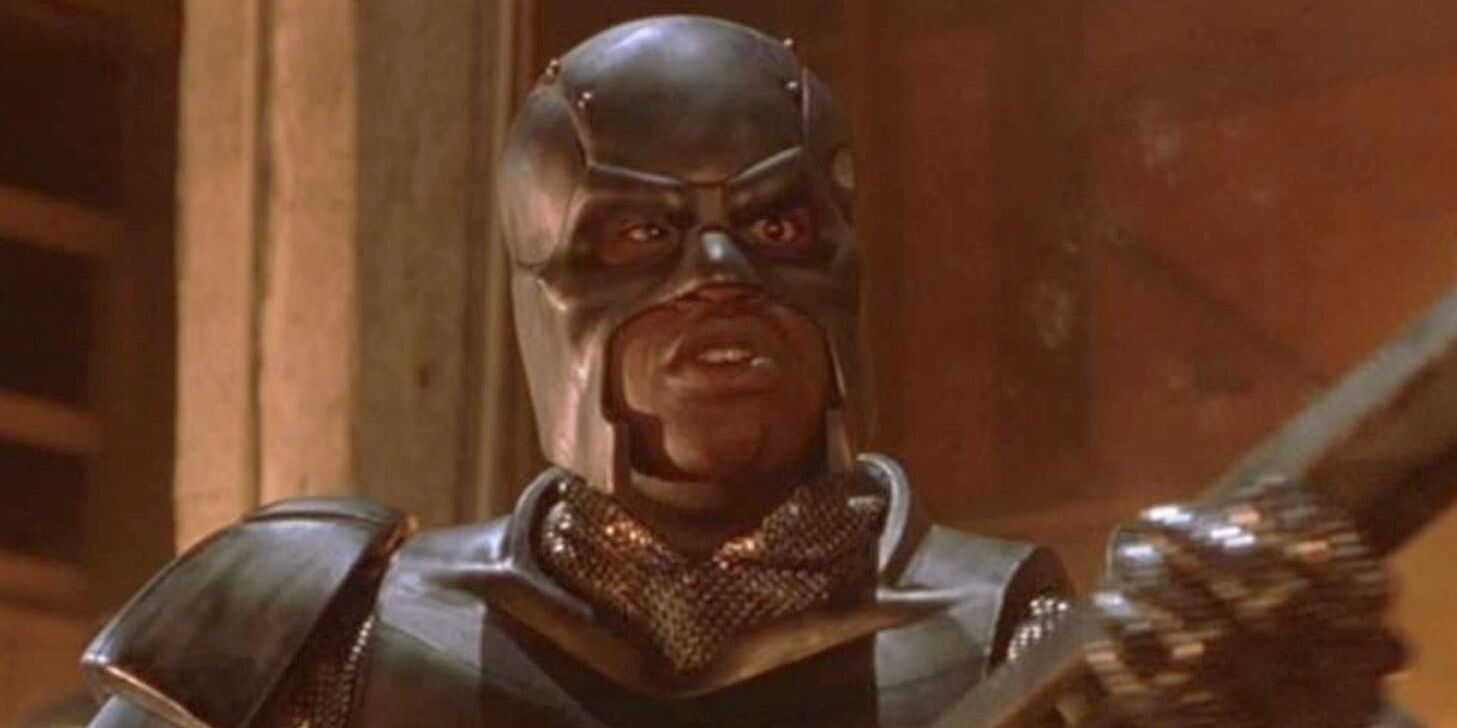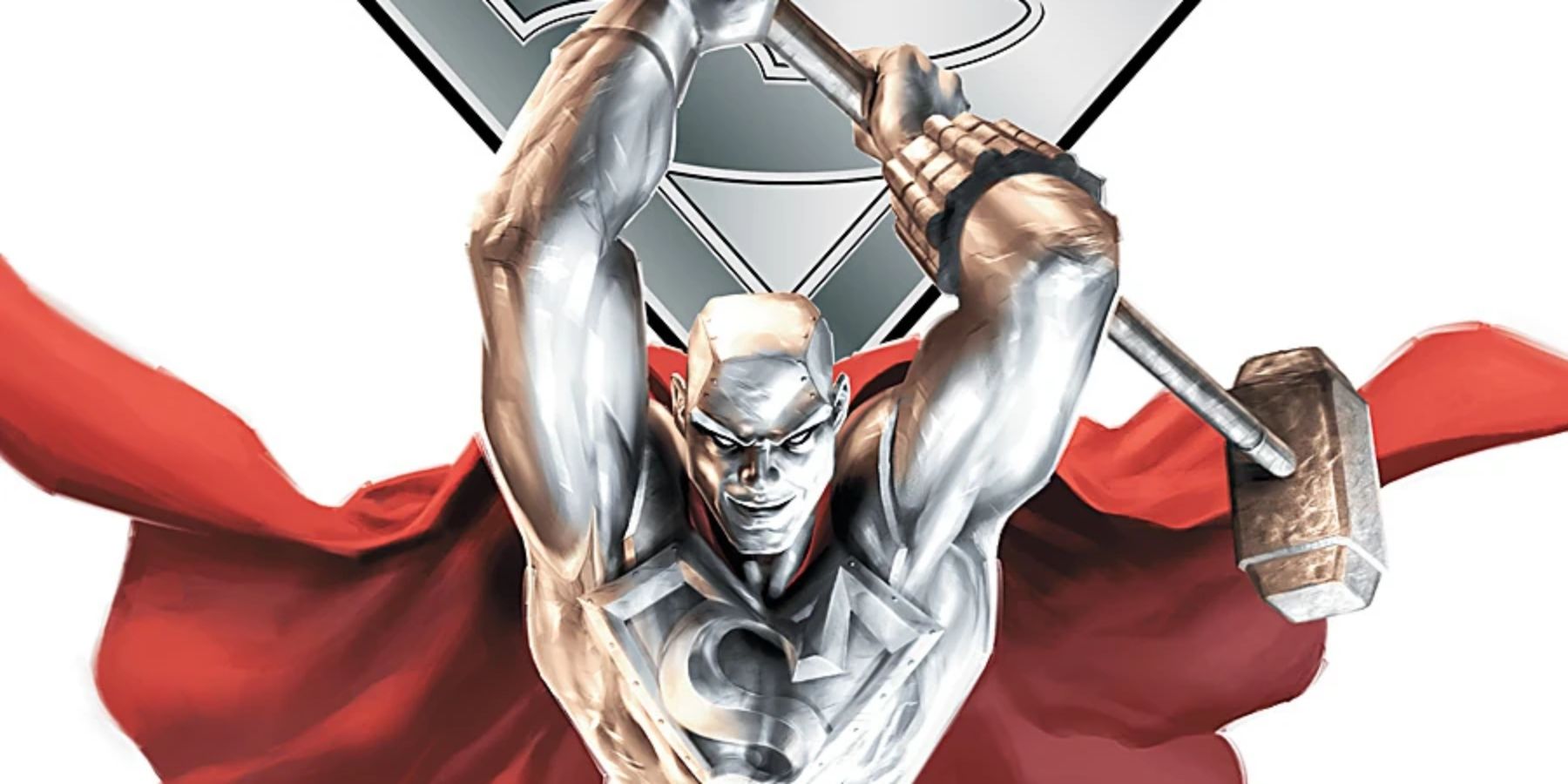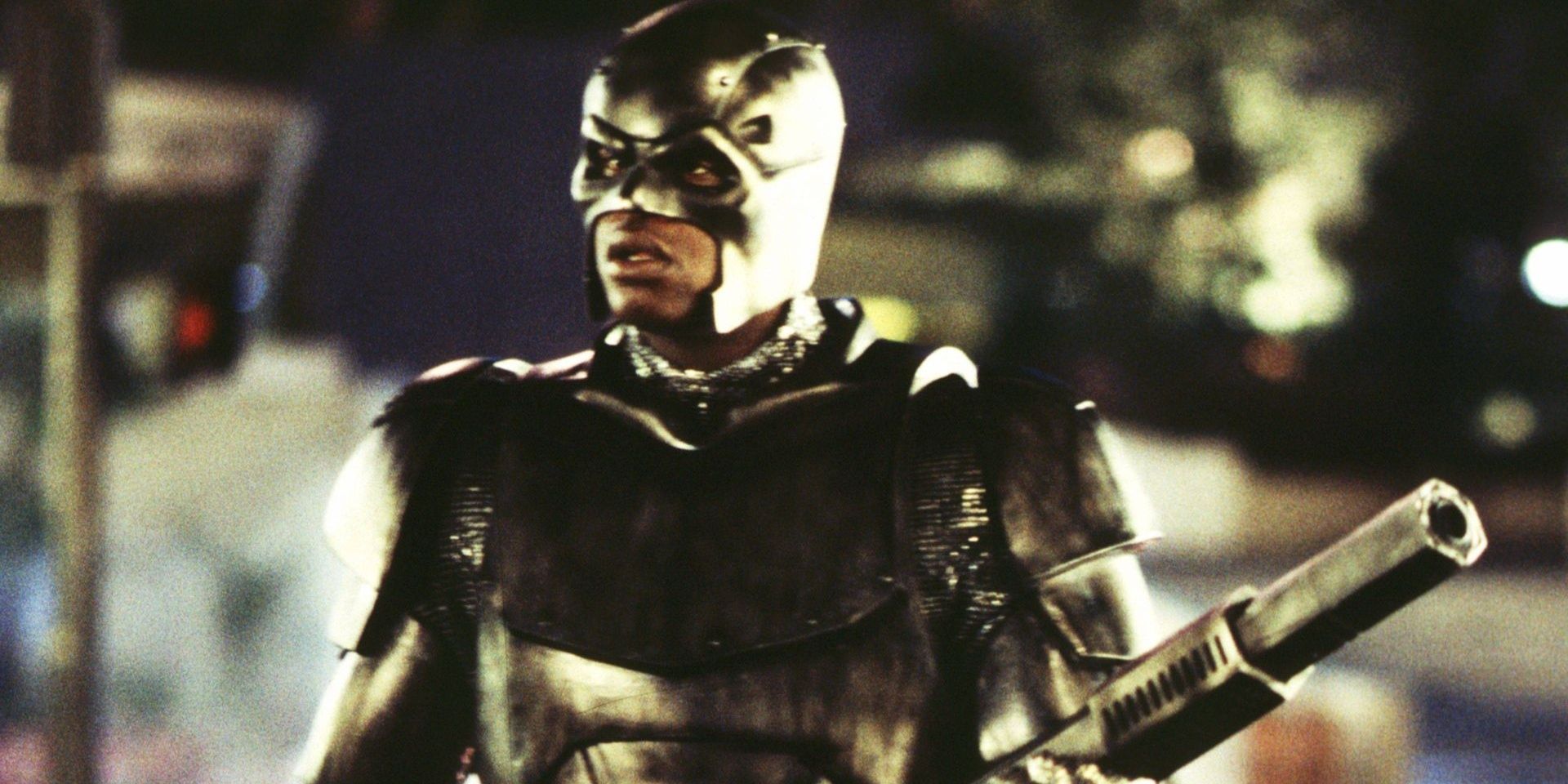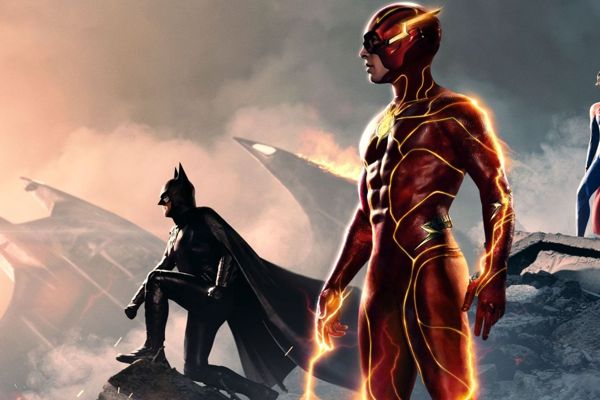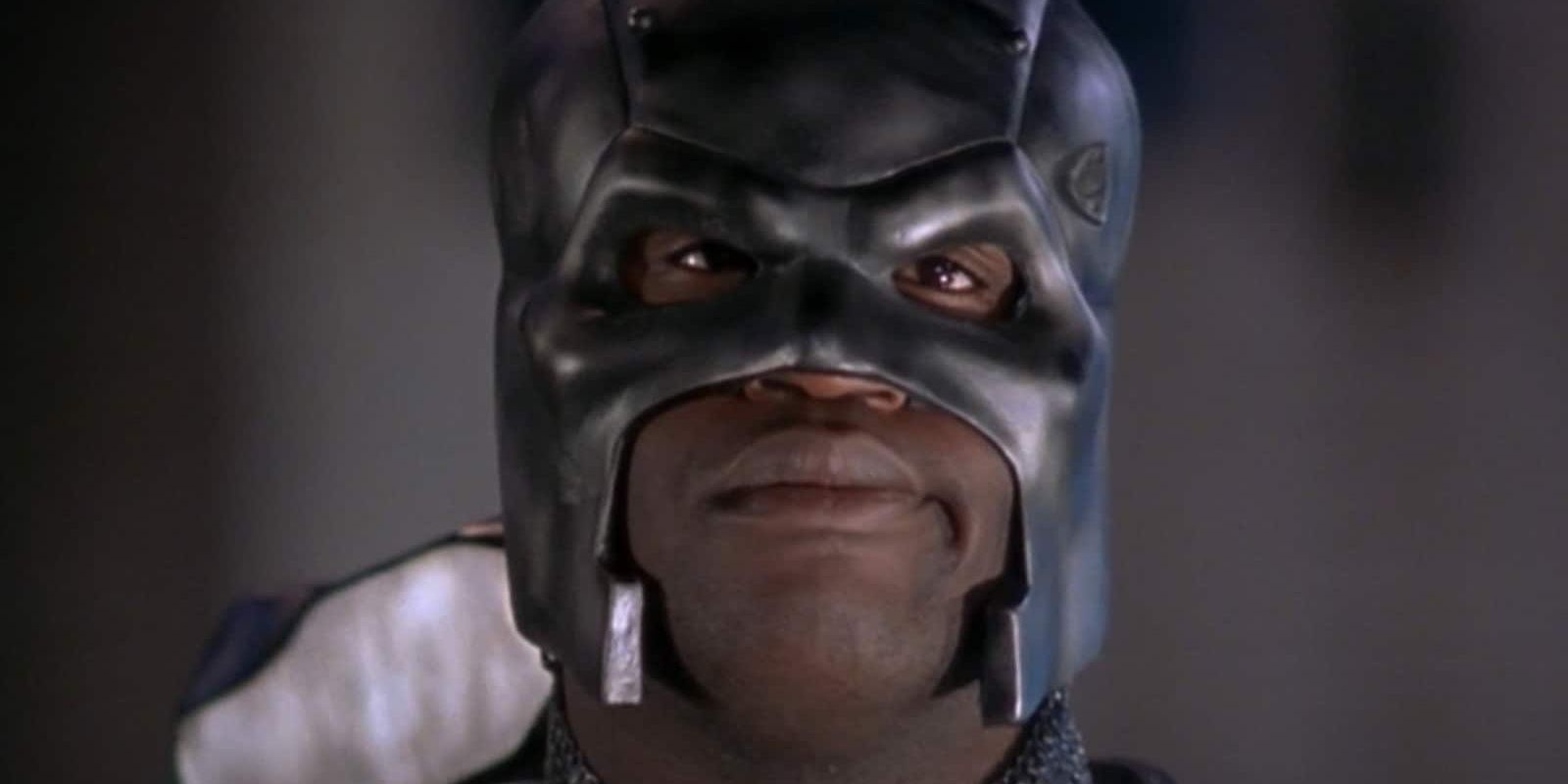
NBA Superstar's Superhero Role in DC Film Falls Short of Expectations

DC Comics fans have long considered Steel to be one of the worst movies ever made, despite NBA superstar Shaq's leading role The film's poor adaptation of the source material and numerous missteps make it a forgettable entry in the superhero genre
The live-action comic book adaptations of the 1990s were often met with mixed reactions from viewers, and Steel was no exception. Released in 1997 after the success of DC's Batman live-action film series, fans of the newer DC adaptations were likely disappointed with the final product. The film follows a military scientist who becomes a vigilante hero on the streets, and embodies several tropes commonly found in campier action and science fiction films of the era (such as Space Jam or the RoboCop franchise). Despite its relatively stacked cast, including Judd Nelson, Richard Roundtree, and Ray J, NBA star Shaquille O'Neal takes on the titular role in this superhero movie crafted for the whole family. However, many comic book fans were let down by the film's all-ages tone.
Steel's superhero suit is underwhelming and Shaq's acting skills are less-than-stellar, with the script attempting to make up for it through tongue-in-cheek references to his basketball career. Unfortunately, this approach detracts from the impact of the beloved comic book character's origins.
What is Steel about?
The movie “Steel” revolves around John Henry Irons, a US military weapons engineer who finds a new purpose in life as the armored vigilante, Steel. The story takes off when Irons’ colleague, Nathaniel Burke, decides to showcase the power of Irons’ latest prototype weapon by firing a sonic sound cannon at a nearby abandoned building. Unfortunately, the cannon malfunctions and ends up destroying the building, leaving Irons’ teammate, Susan “Sparky” Sparks, paralyzed. Filled with guilt, Irons resigns from his post with the military and embarks on a journey to become a hero in his own right.
After Burke's disgraceful discharge following his involvement in the incident, he resorts to selling Irons' weapons to local gangs. He even recruits a manager from a video arcade to assist him with his sales. Irons becomes a witness to a bank robbery that the gang members organized using Burke's modified weapons. He tracks them to their hideout in an attempt to interrogate them about the source of the weapons, but they remain tight-lipped. Irons then visits Sparks in a veteran's hospital, and they engage in a meaningful conversation about their lives after the tragedy. Irons convinces Sparks to join him in his mission to rid the neighborhood of Burke's stolen weapons, and she agrees. With the help of Irons' Uncle Joe, played by Richard Roundtree, they construct a suit of armor and the necessary arsenal for Irons to carry out his vigilanteism.
Despite his best efforts, Steel faces several setbacks in his early days, including an early defeat at the hands of the same gang he initially discovered with the stolen weaponry. He is even arrested at his grandmother's house. Meanwhile, Burke plans to sell his modified weapons through an online auction. After Irons' release from prison, Sparks, who has taken on the role of the "guy in the chair" for Steel, is captured by Burke's henchmen. Irons attempts to rescue her but is himself captured in the process.
Steel and Sparks manage to overtake Burke’s forces during the film’s climactic showdown, while Burke is distracted by the auction. In a last-ditch effort to win, Burke fires a laser at Steel, but the beam reflects off of Steel’s armor and kills him. The explosion destroys Burke’s lair, and the film concludes with news of Steel’s heroics spreading throughout the neighborhood and the US military, as well as Sparks developing a wheelchair that enables her to walk.
What is Steel based on?
After his genius weapons engineering designs were used to kill innocent people, John Henry Irons quit his job in outrage. He witnessed the death of Superman and was inspired to create an armored suit that granted him enhanced strength, flight, and other special abilities similar to the original Man of Steel. Irons became the superhero known as Steel and used his powers to stop the destructive gang war in inner-city Metropolis, caused by the very weapon he designed, the BG-60.
In the "Reign of the Supermen" storyline, four new "Supermen" emerged, each sporting the iconic "S" shield. Fans were left wondering which, if any, could take Superman's place. Of the quartet - Superboy, The Last Son of Krypton, The Cyborg, and Steel - only Steel openly acknowledged that he was not Superman. Despite this, he was the only one among the contenders who embodied Superman's moral code. Even Lois Lane herself considered him a serious contender. When the real Superman returned, Steel earned accolades for his heroism and the respect of the beloved superhero.
Steel's heroics led to his being embraced by the Justice League and he played a pivotal role in a number of major crossover and crisis storylines in DC Comics history. His enduring popularity has cemented his reputation as one of the publisher's most beloved B-list heroes.
What makes Steel a bad adaptation?
Despite its reputation as the worst superhero movie of all time, Steel did break ground in terms of representation in comic book movies. It was the first blockbuster to feature a Black superhero in a prominent role, and it also set its story in a diverse, urban setting. The film also tackled issues of corrupt power and systemic injustice, portraying young kids of color as victims rather than problems and featuring a disabled character in a meaningful supporting role. While Steel may not have succeeded as a movie, it did pave the way for more diverse and inclusive superhero stories in the future.
Steel, unfortunately, falls short in many aspects and failed to leave a lasting impression on audiences. Despite its attempt to overcome budgetary limitations, the writing lacks originality and relies heavily on tired clichés that make the film feel outdated. The dialogue is often sappy and unengaging, while the action scenes lack the excitement and energy expected of a superhero movie. Moreover, the performances are wooden and the super suit design leaves much to be desired. Ultimately, Steel remains one of the weakest entries in the genre with little to offer beyond its attempt at diversification and iconic theme music.
